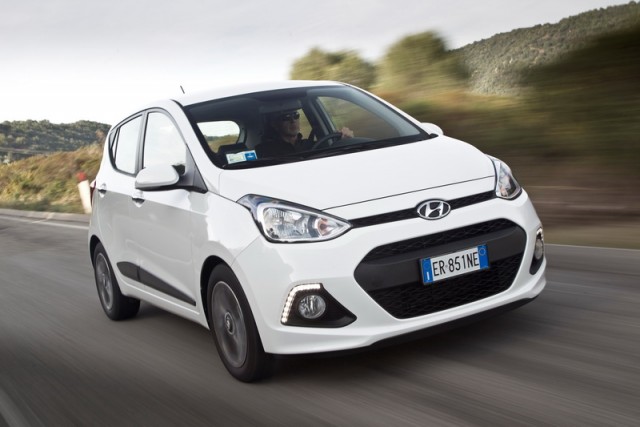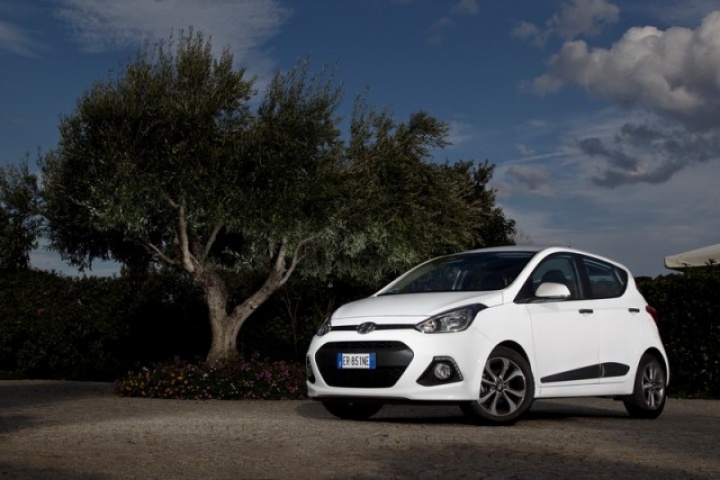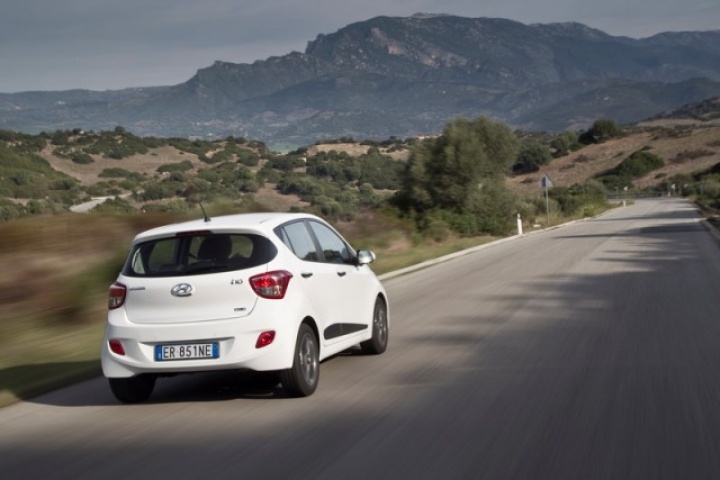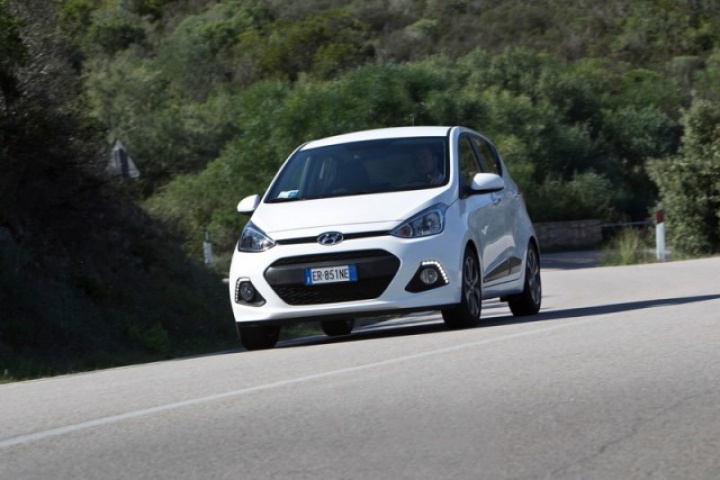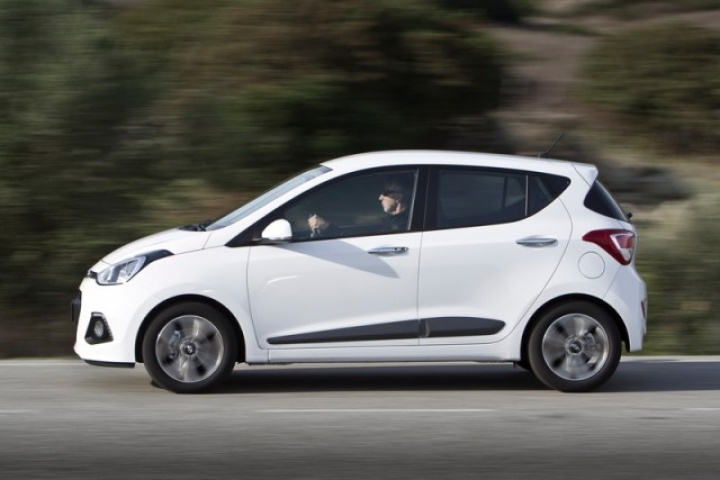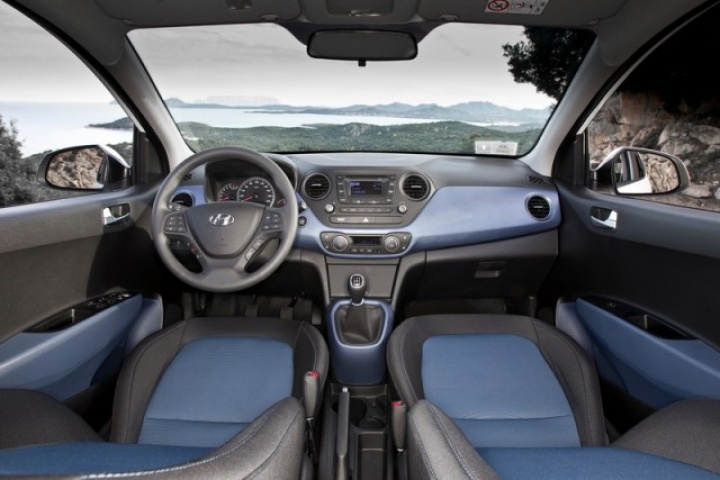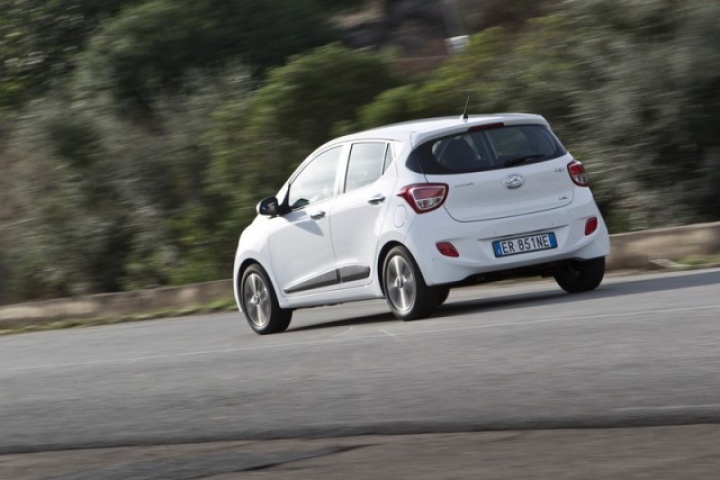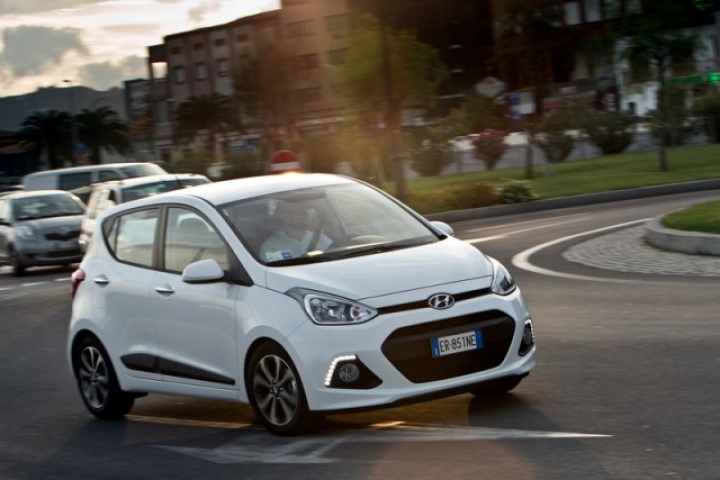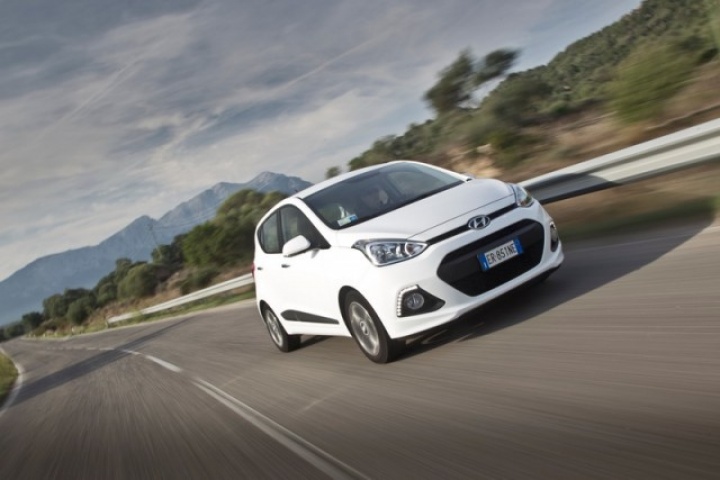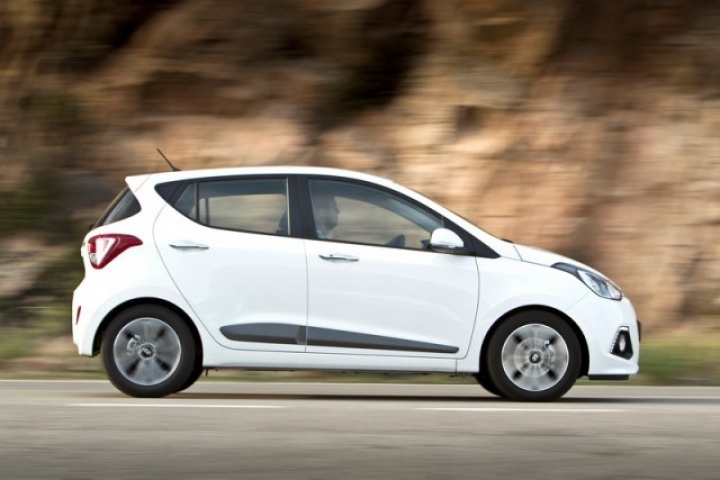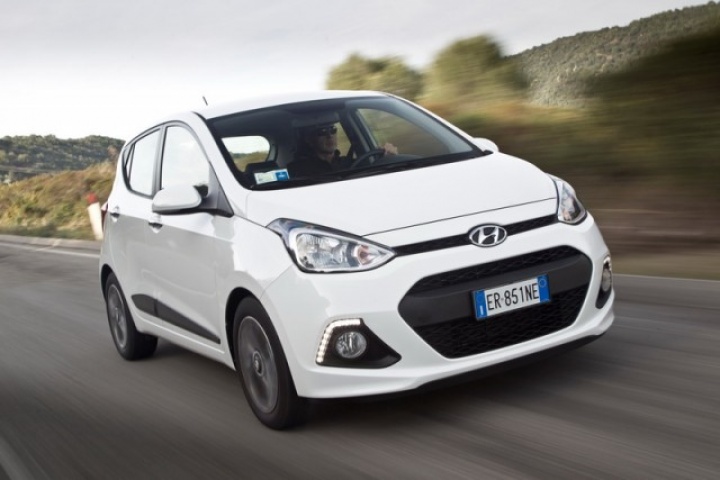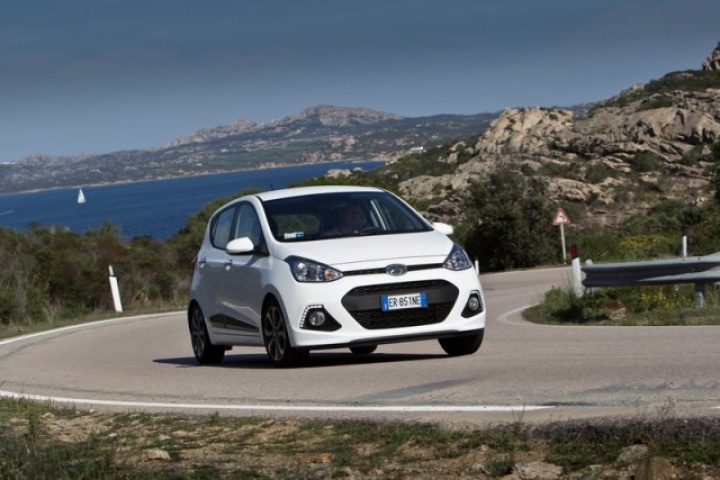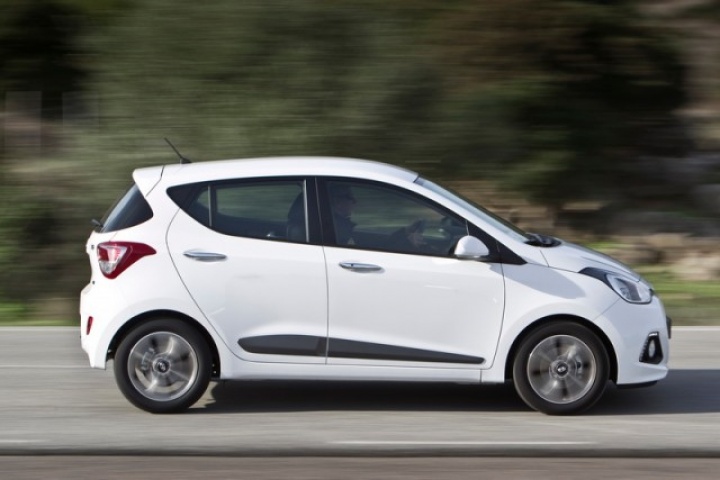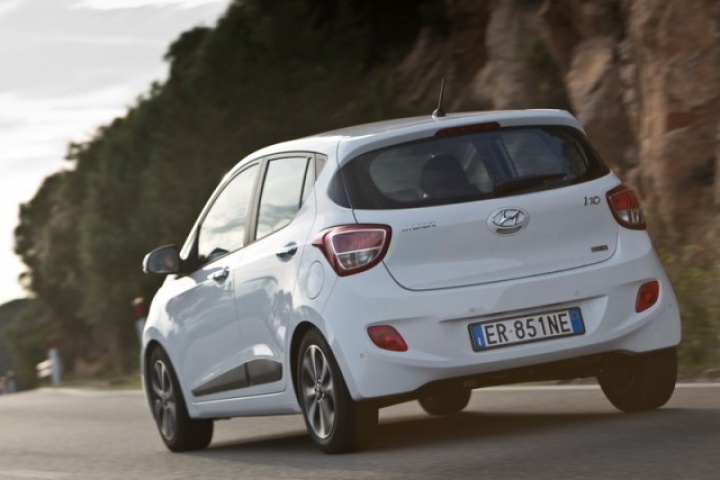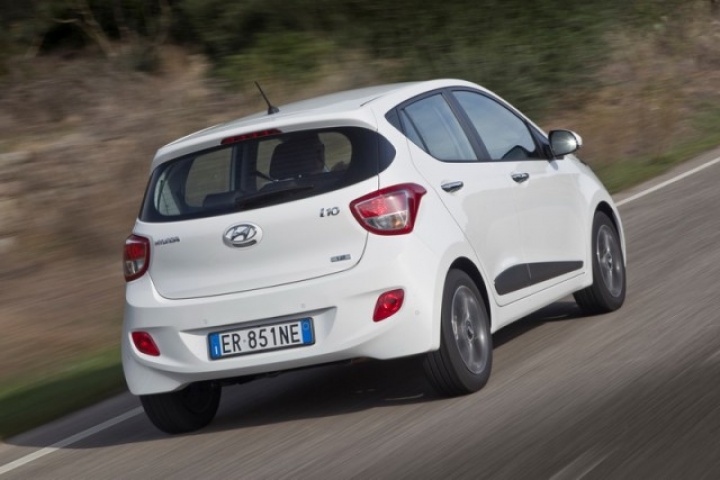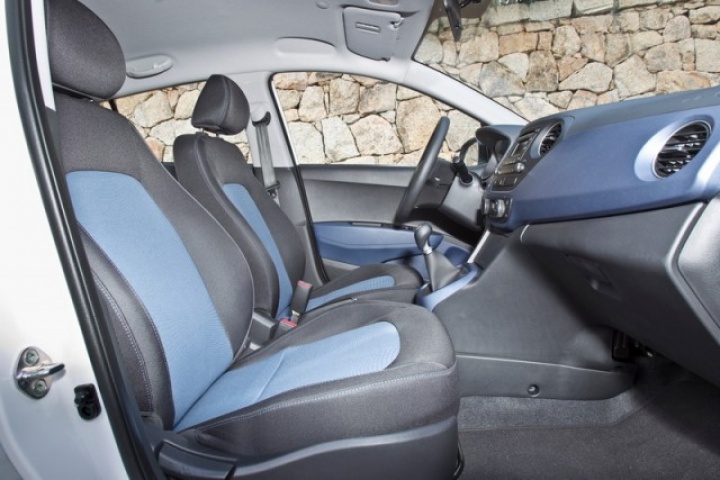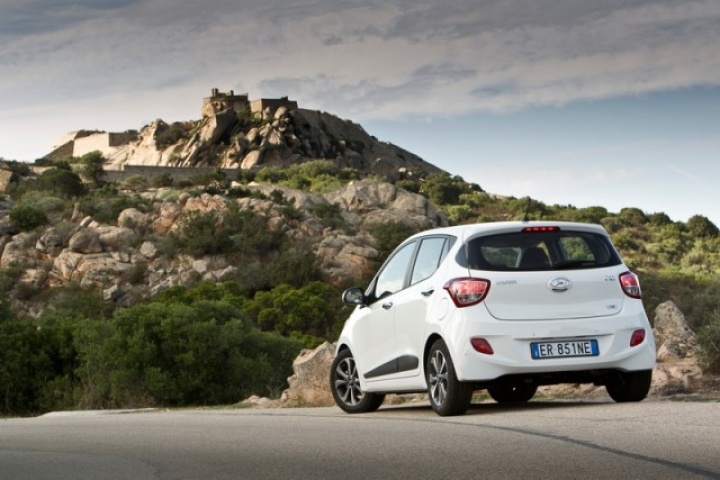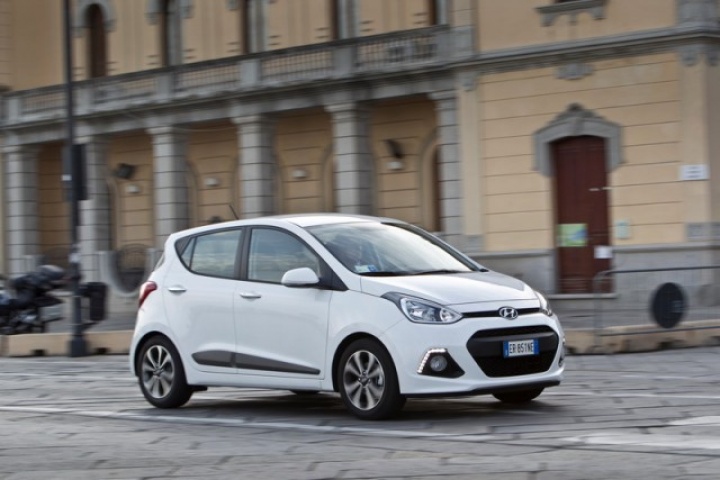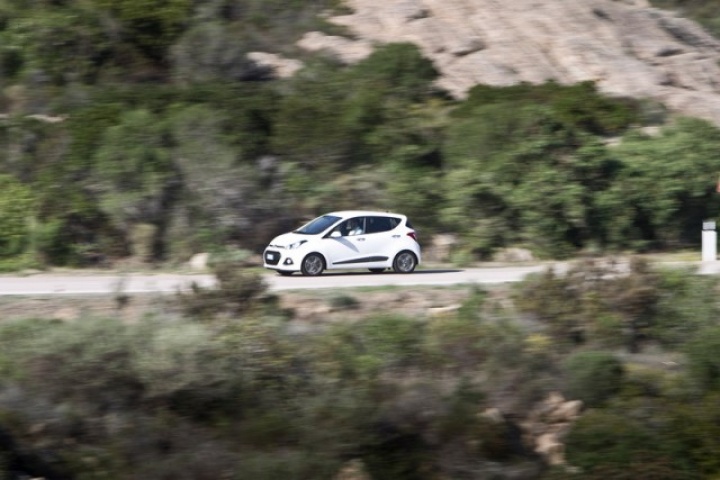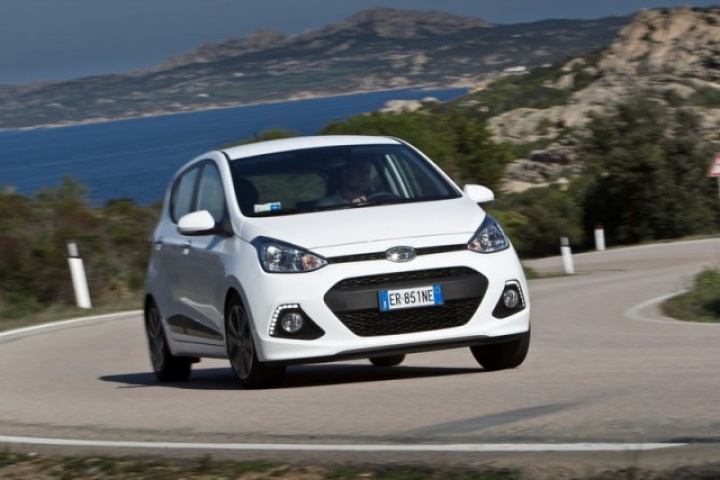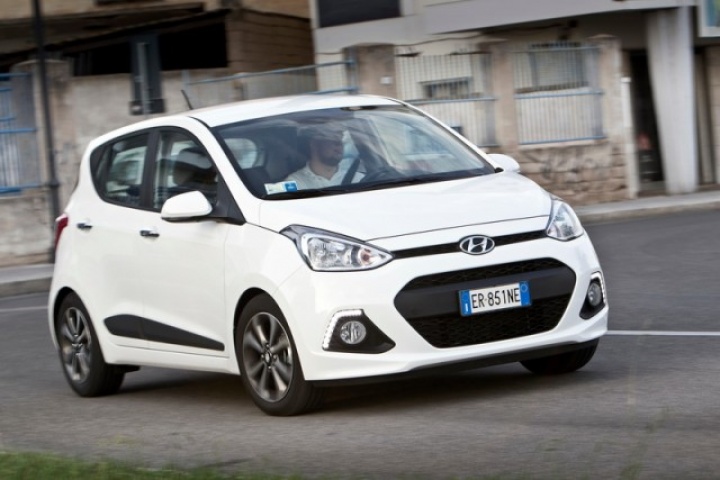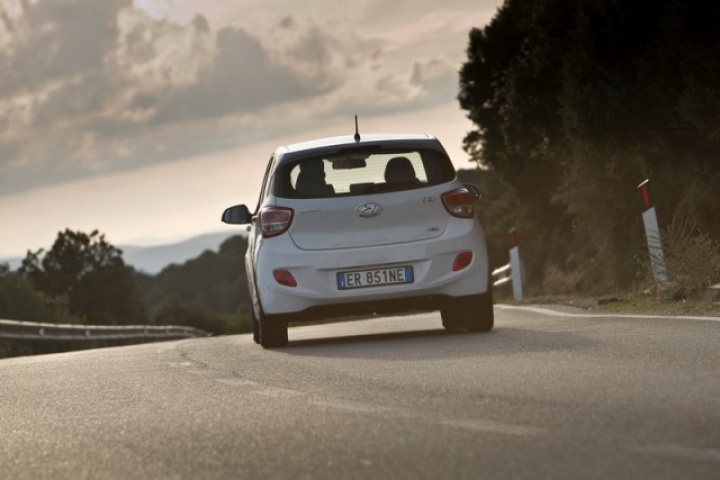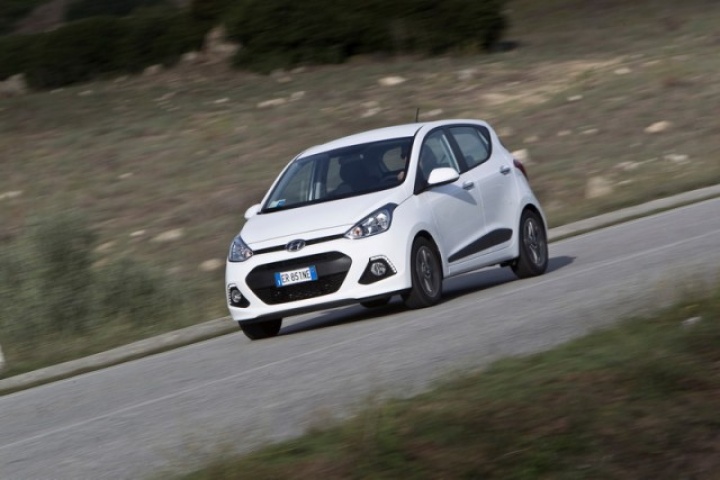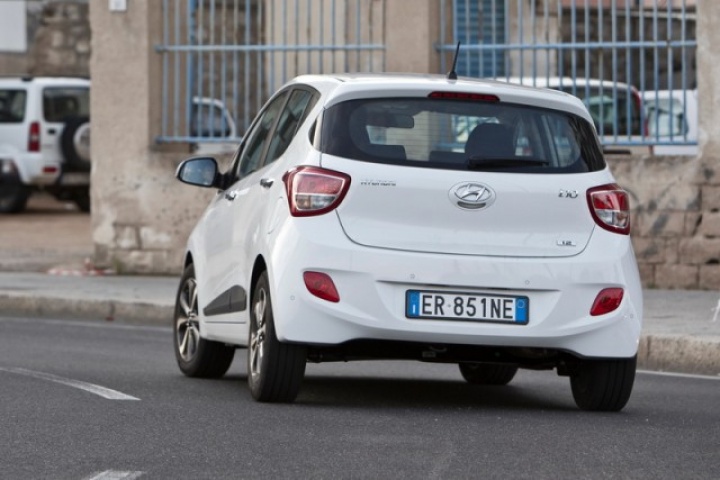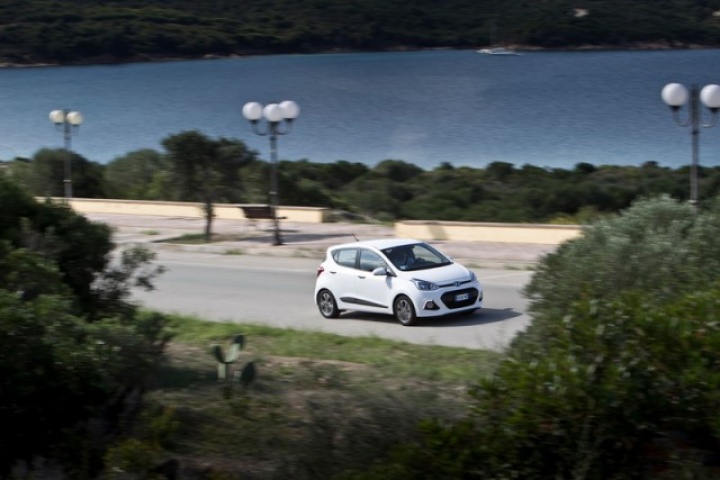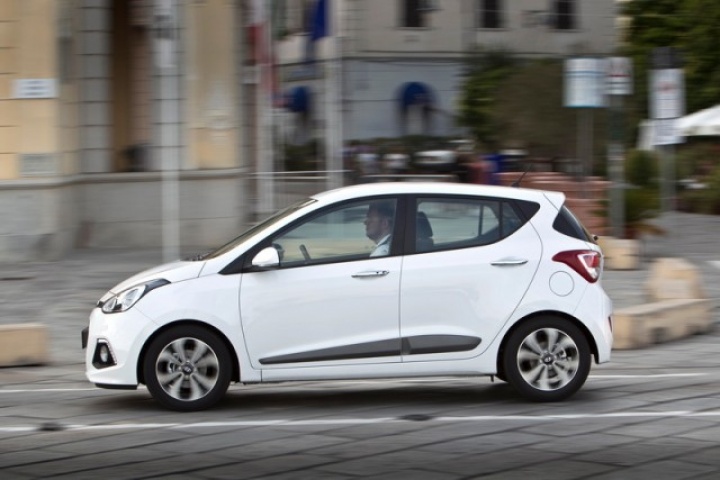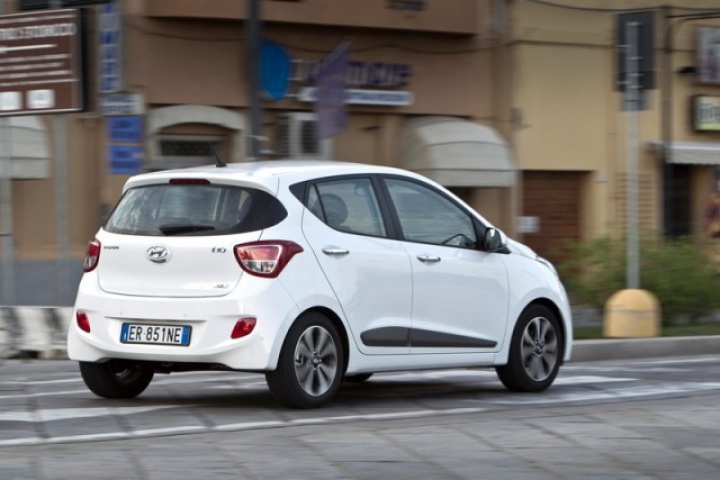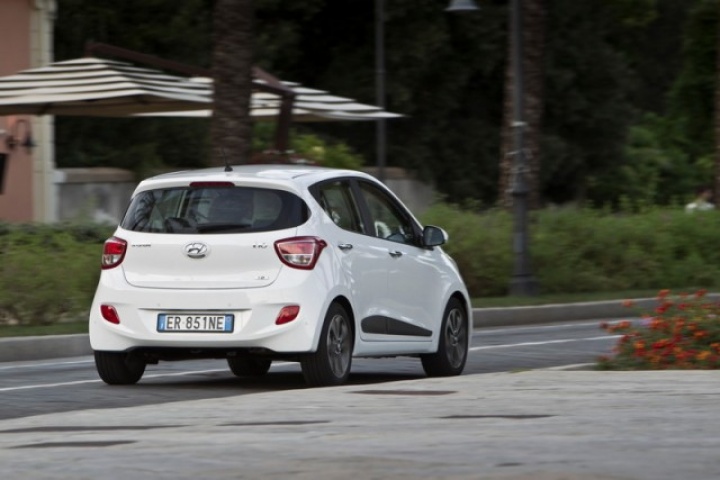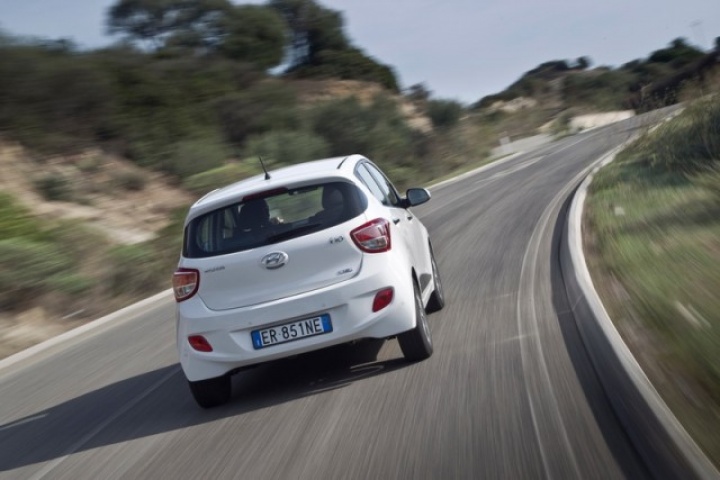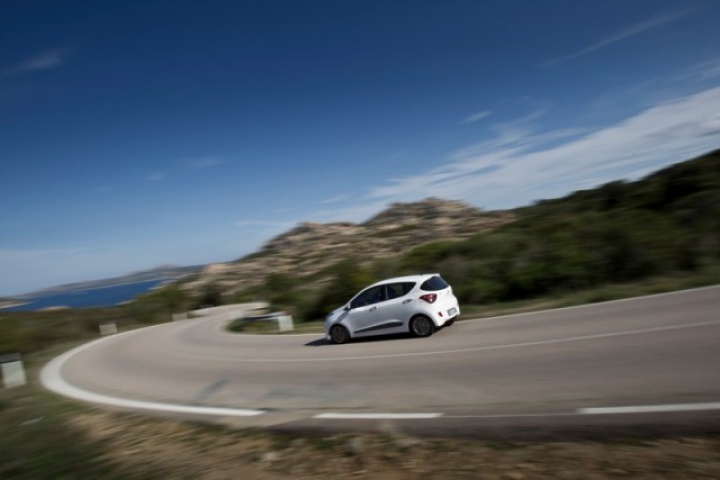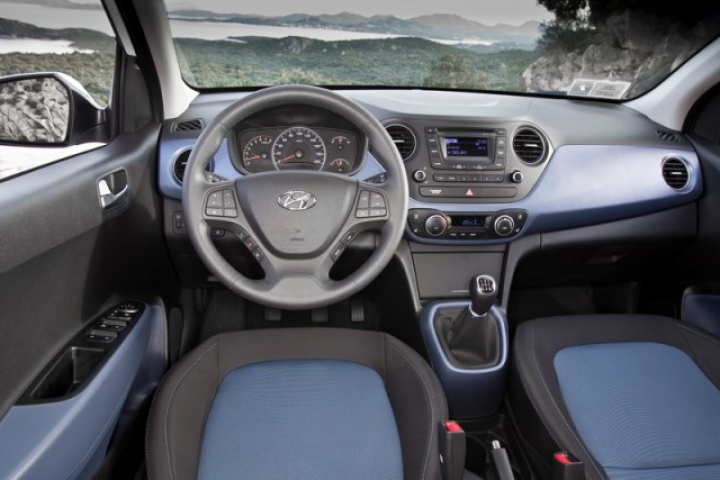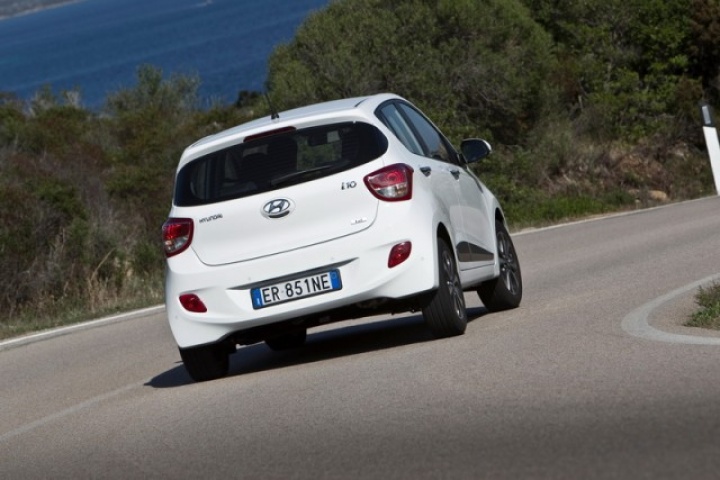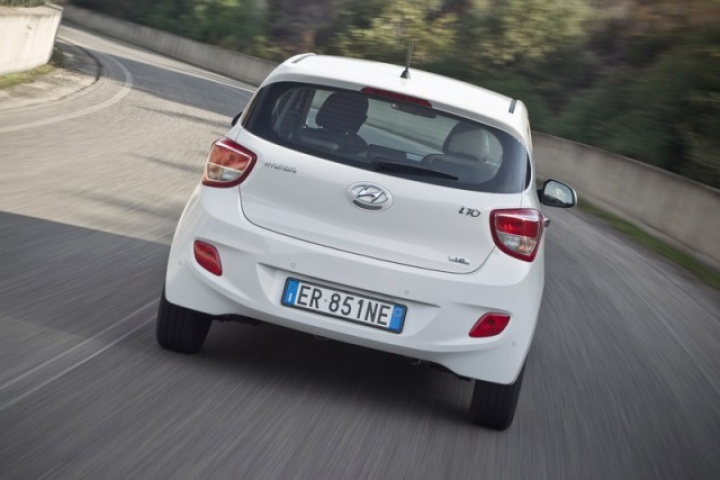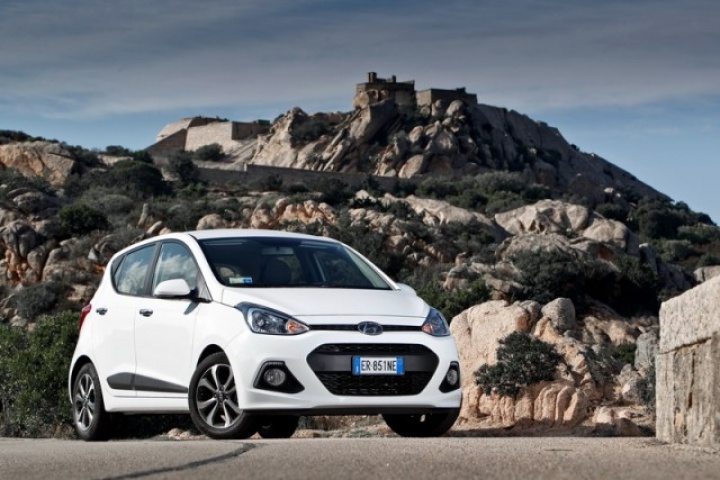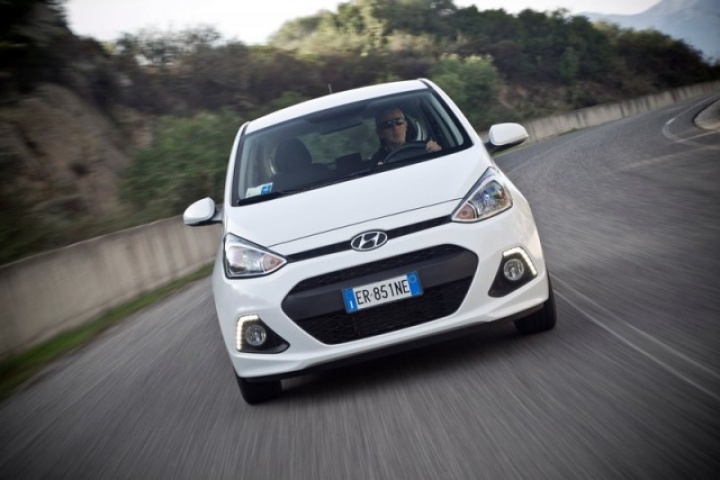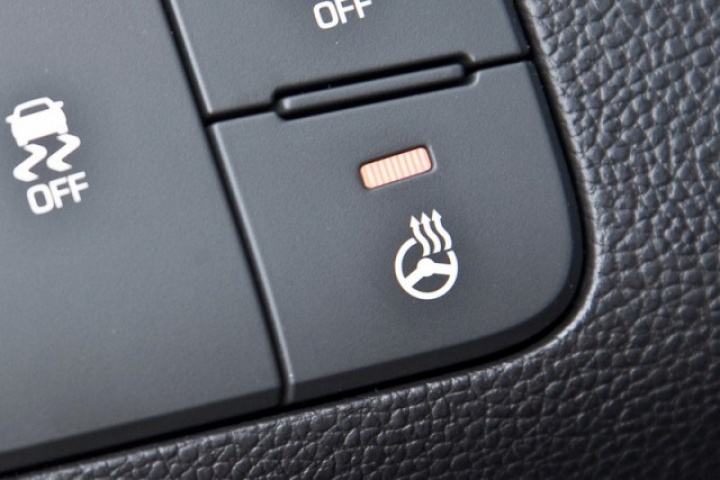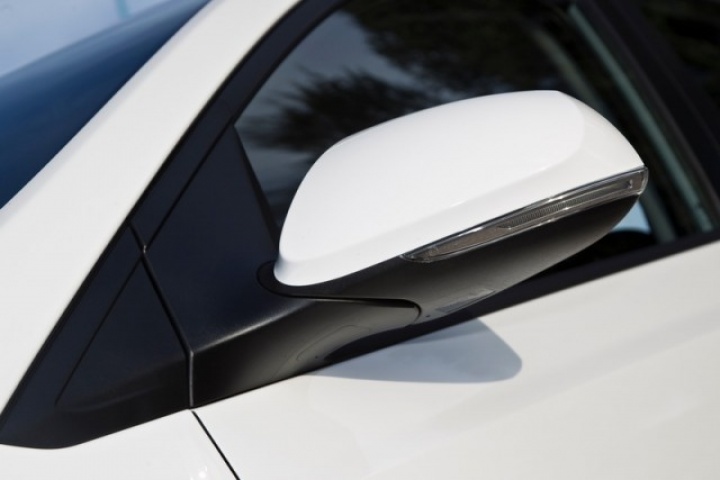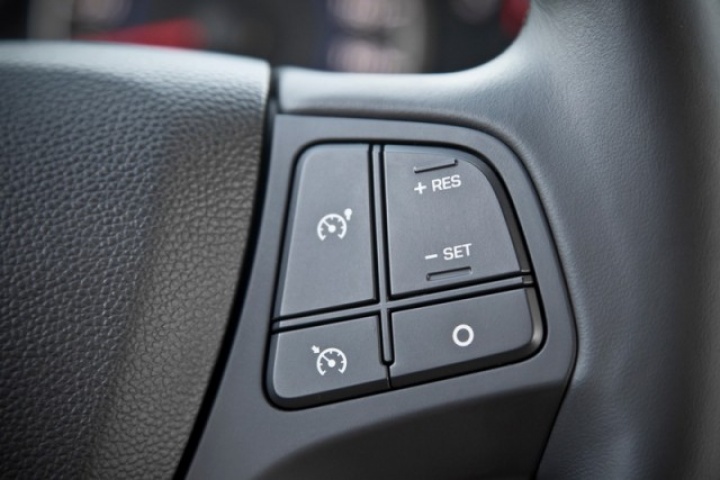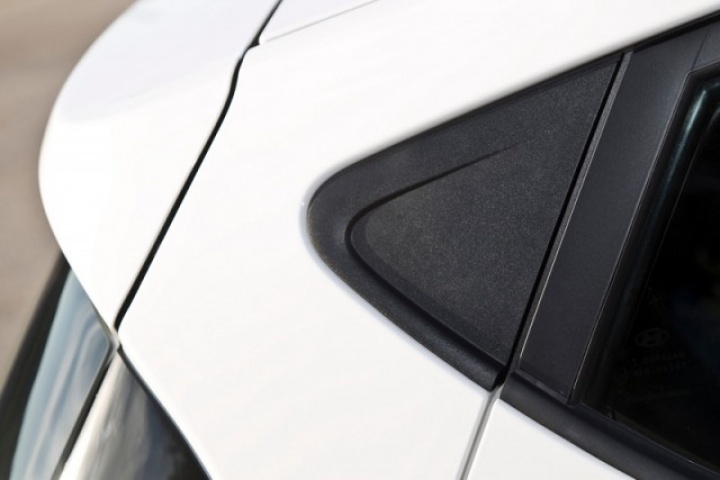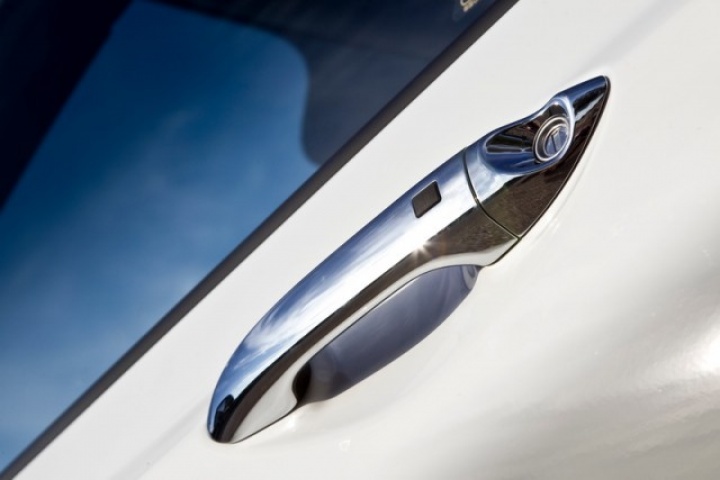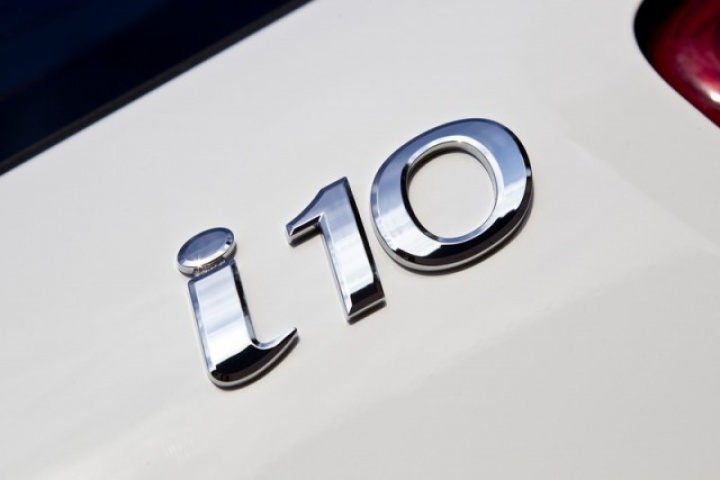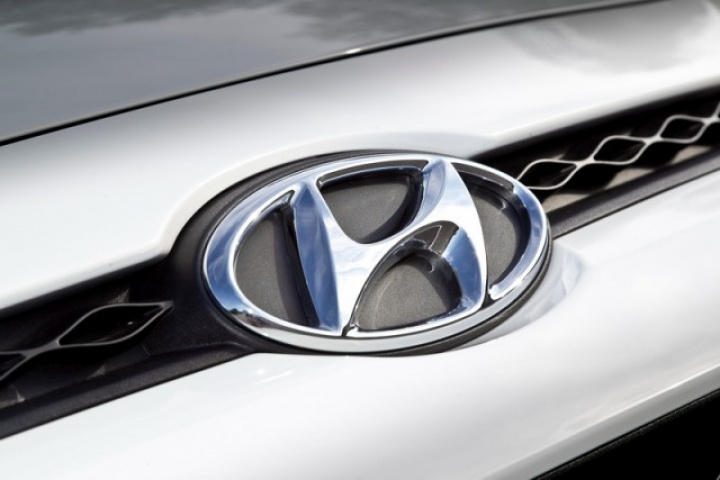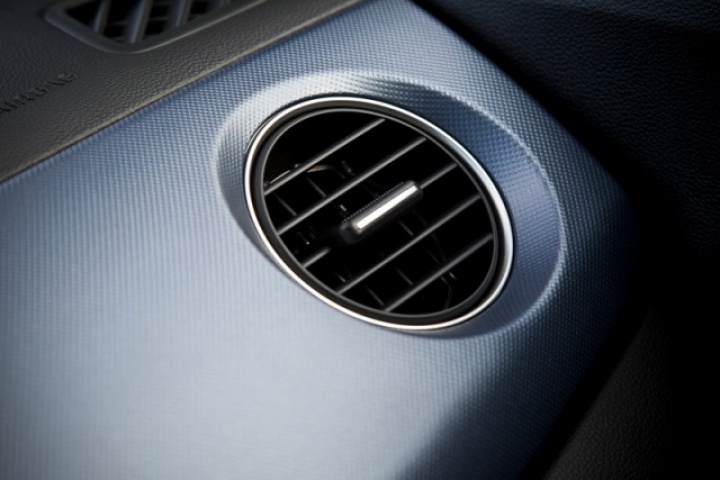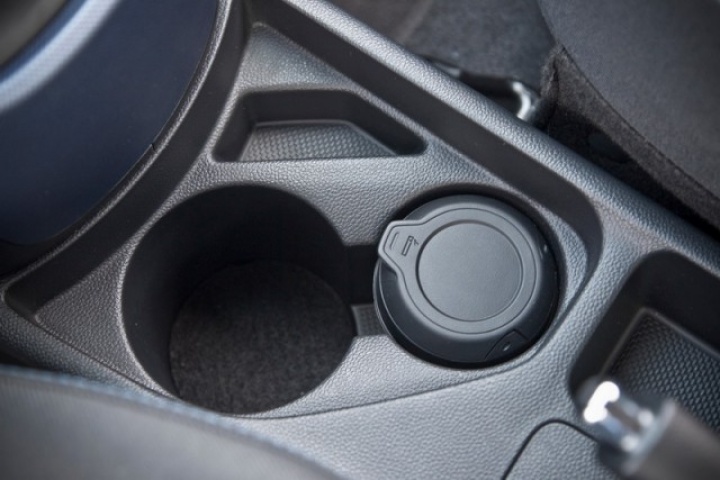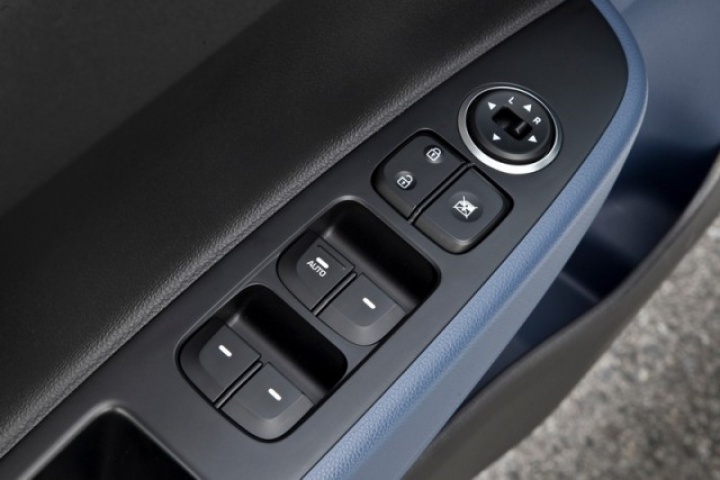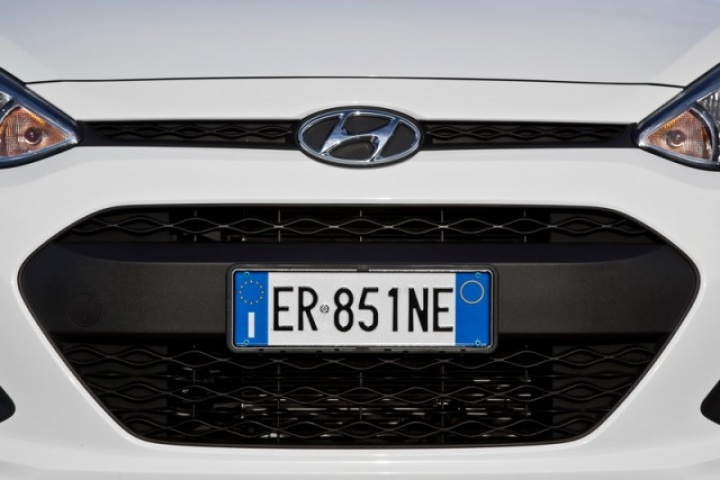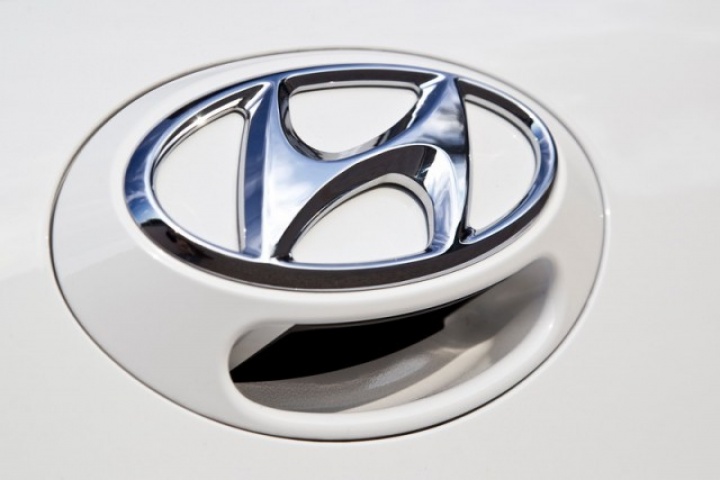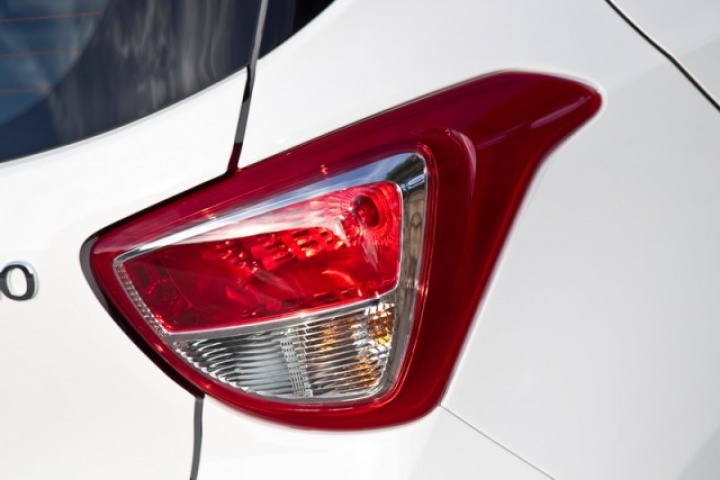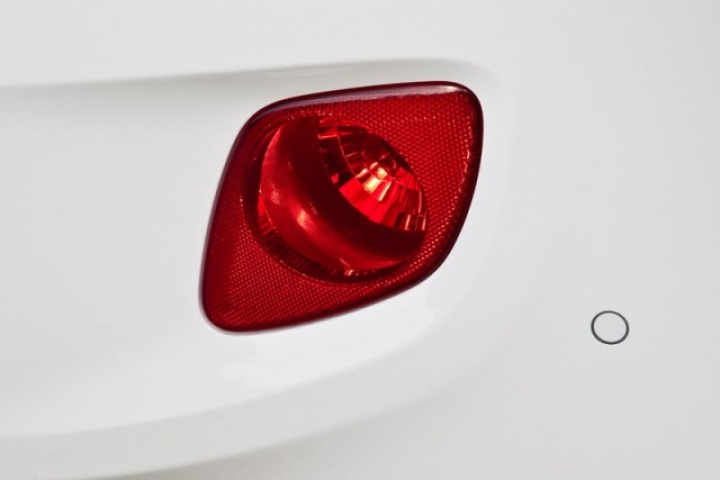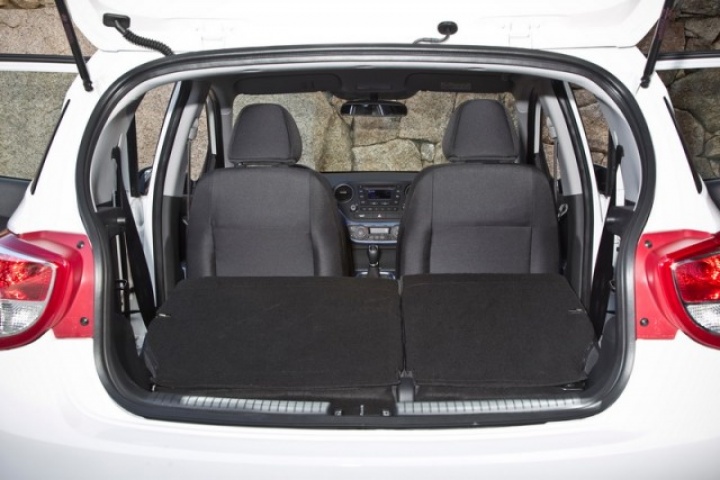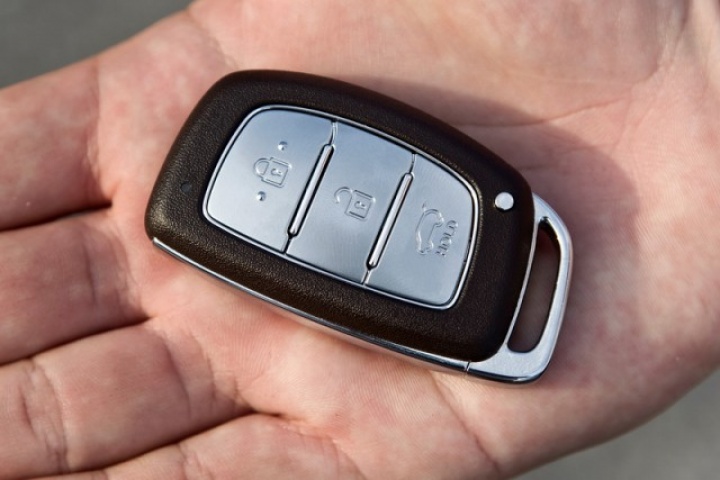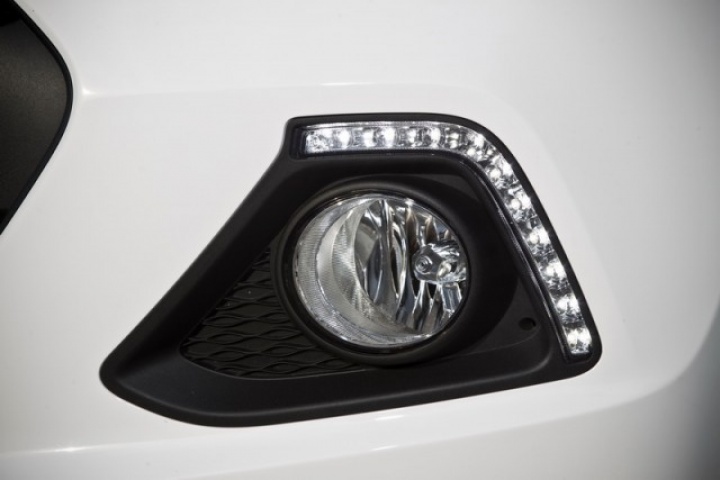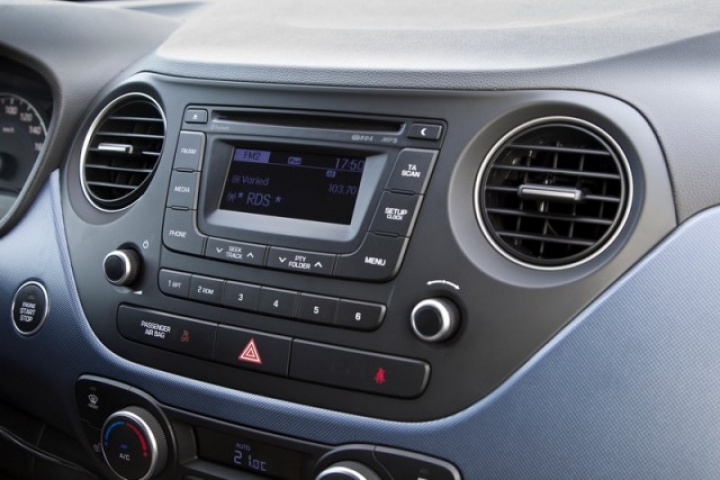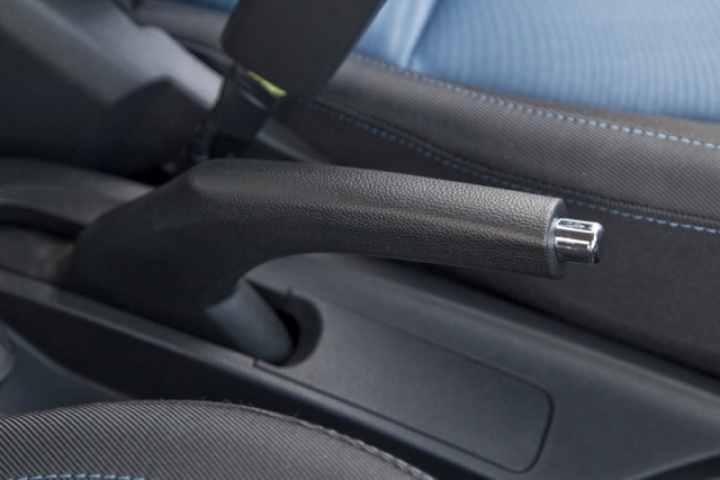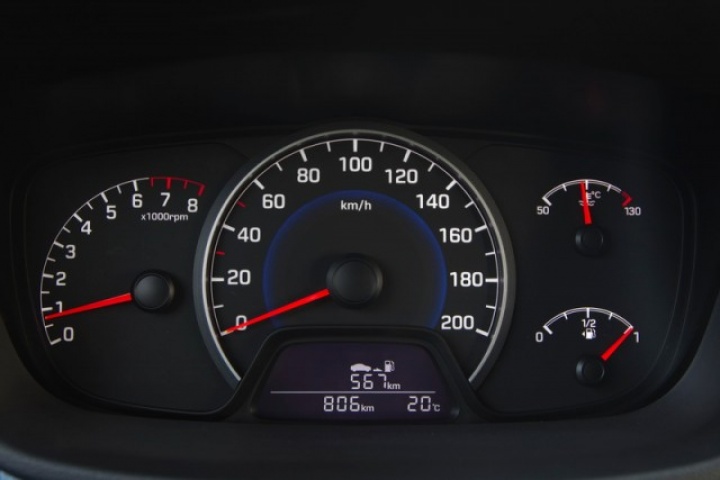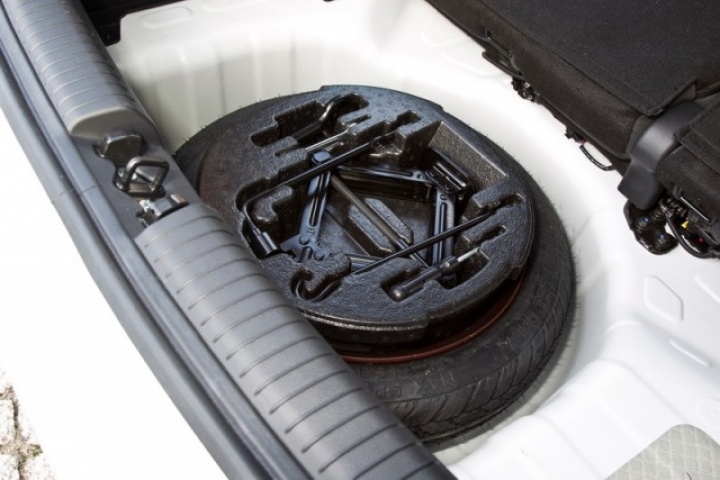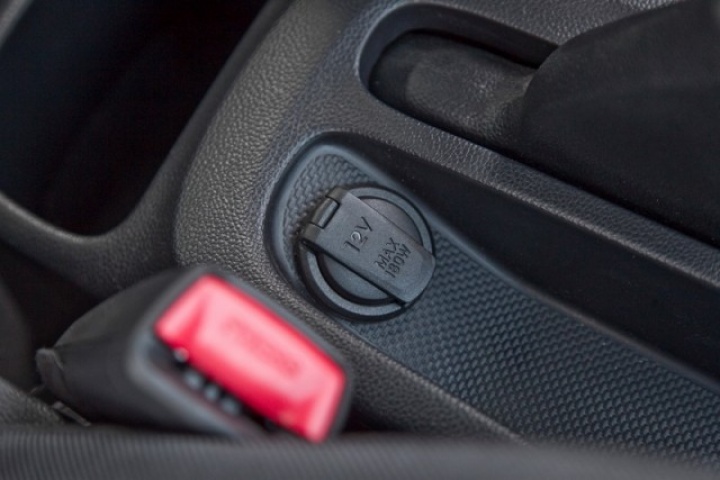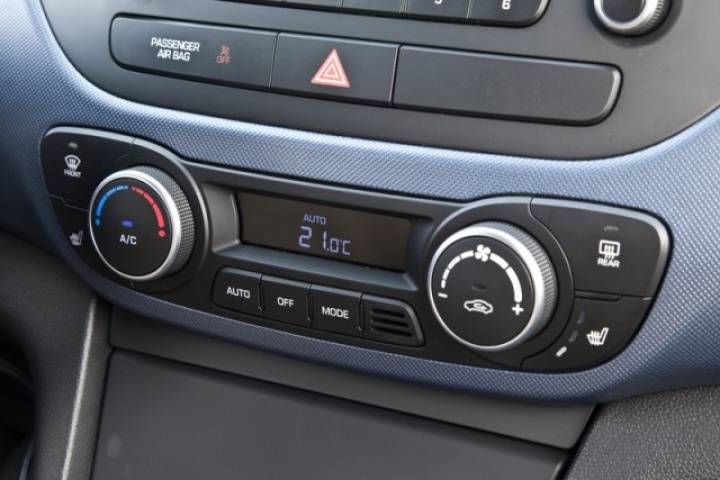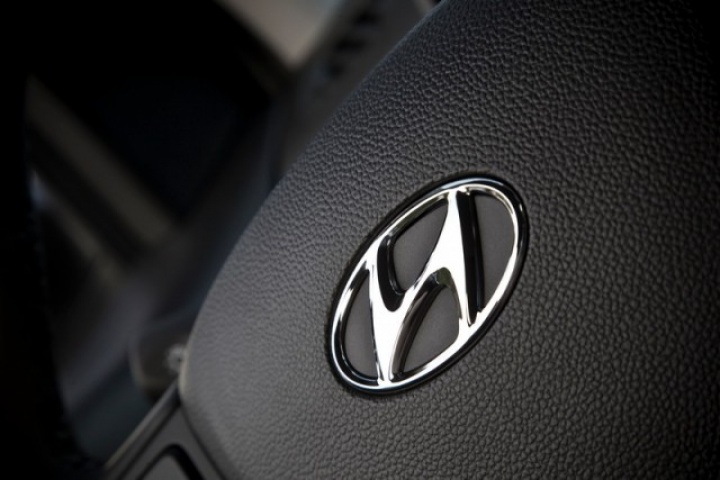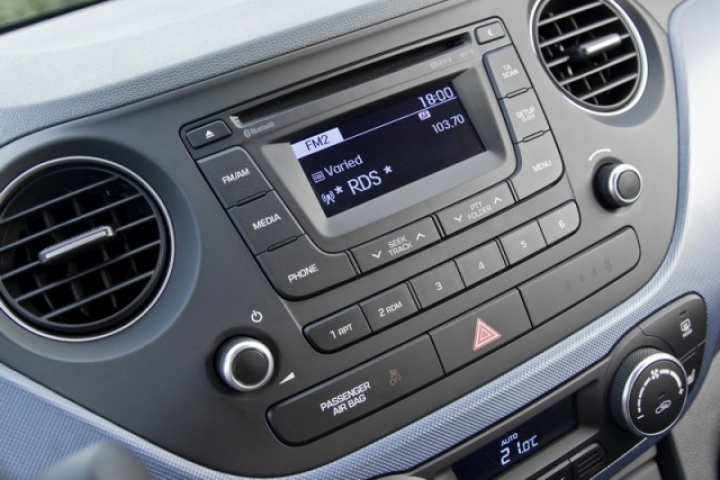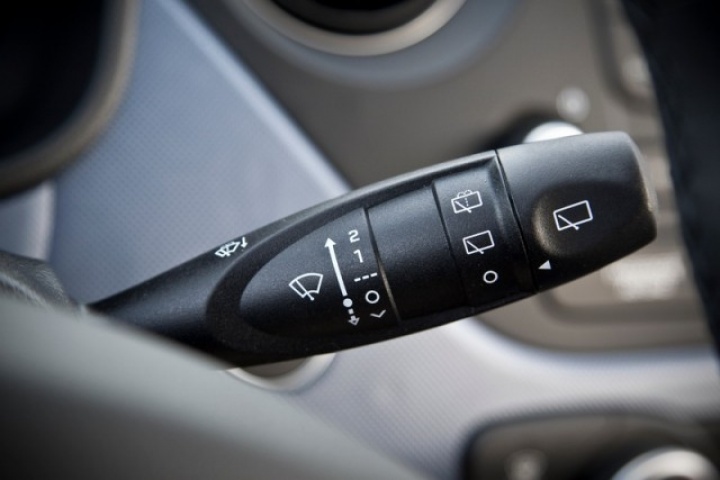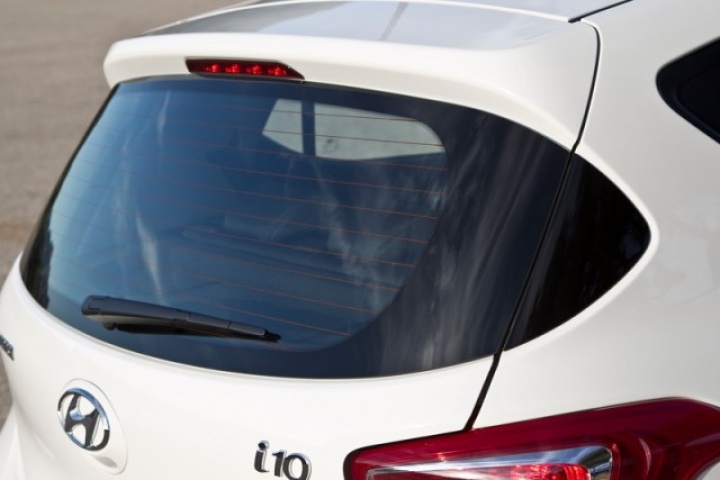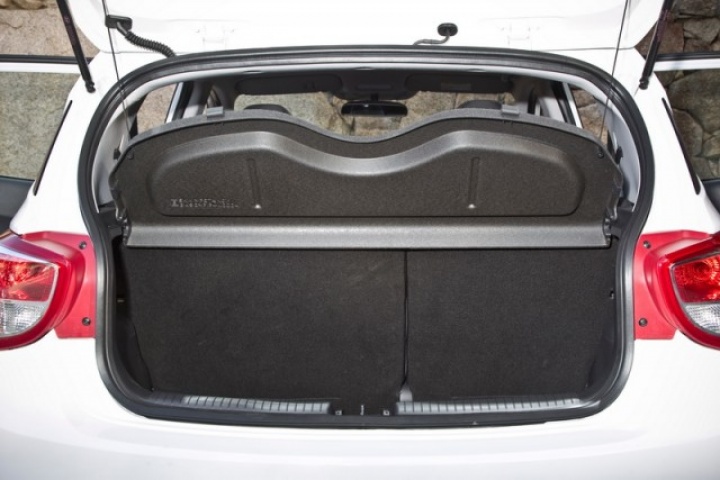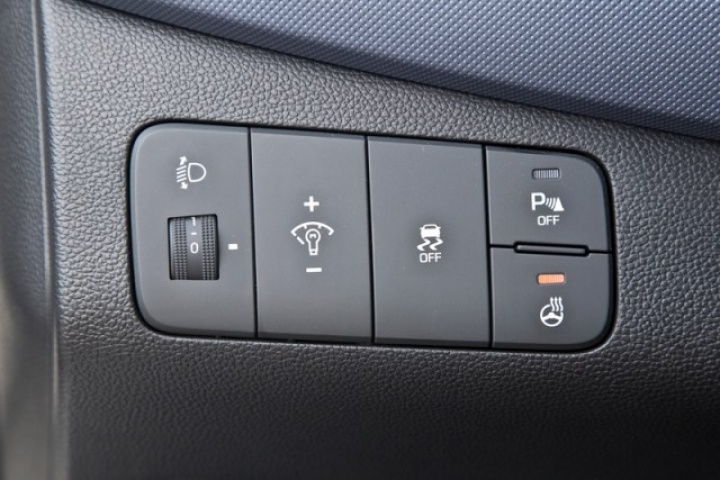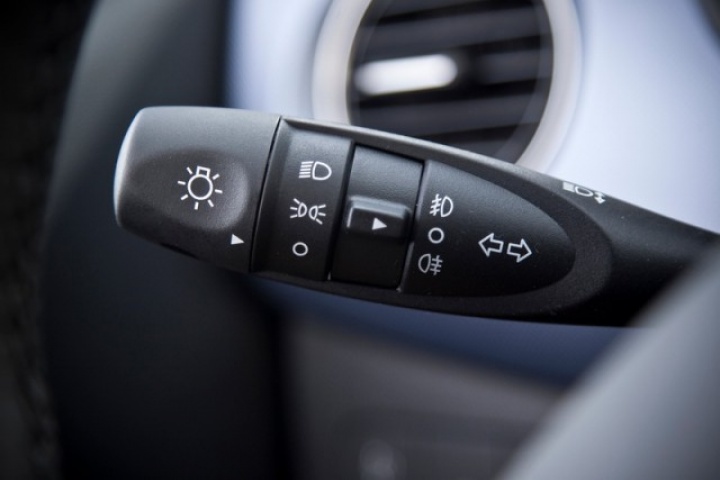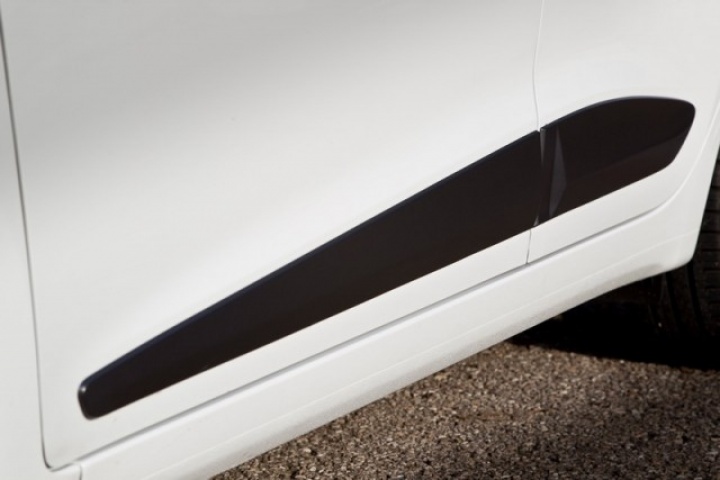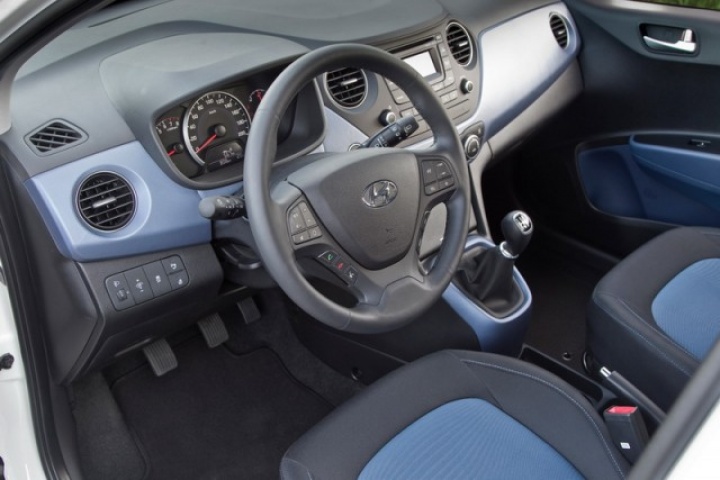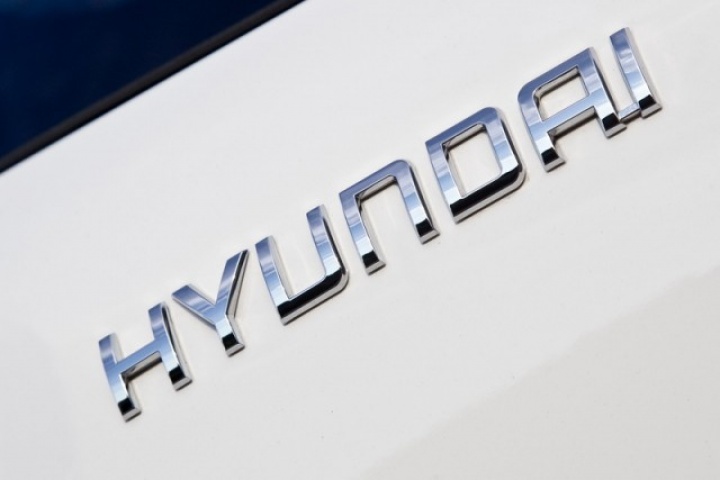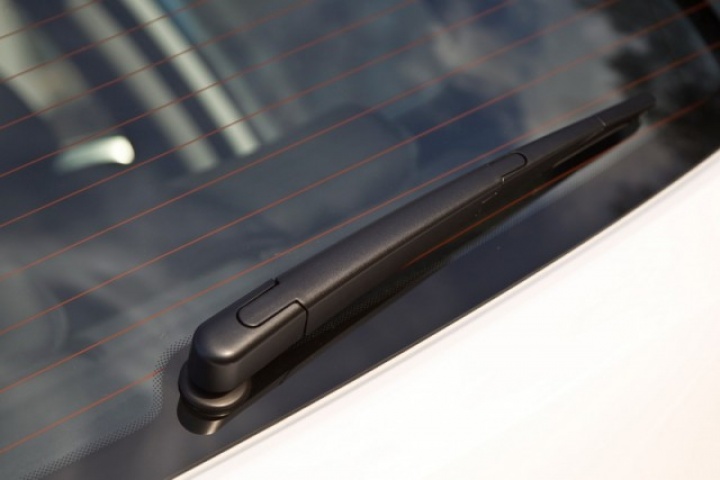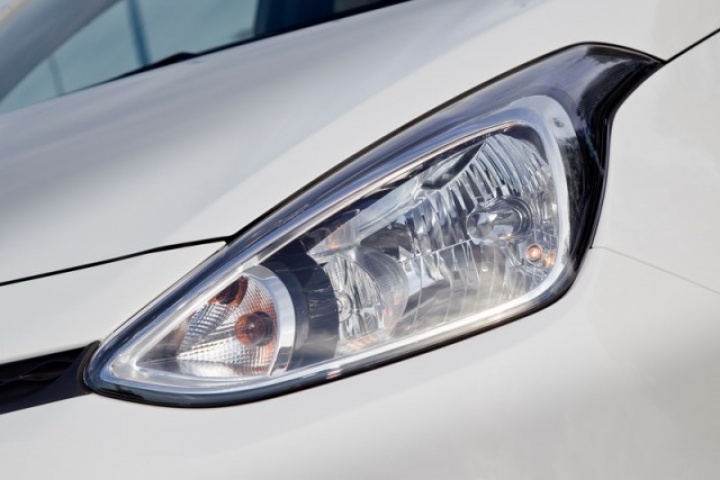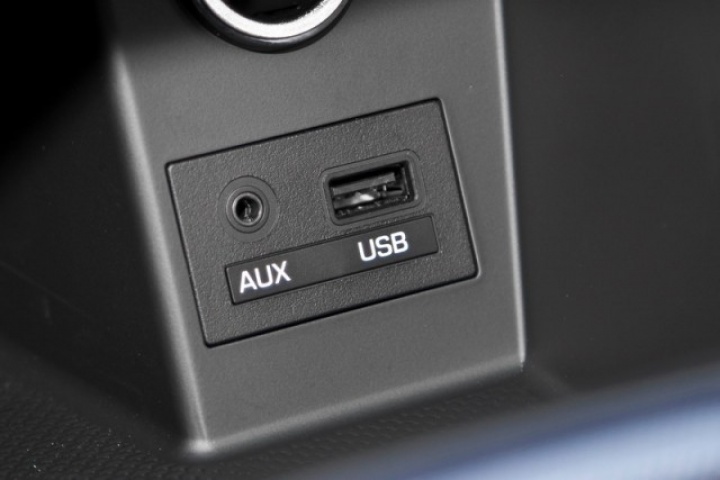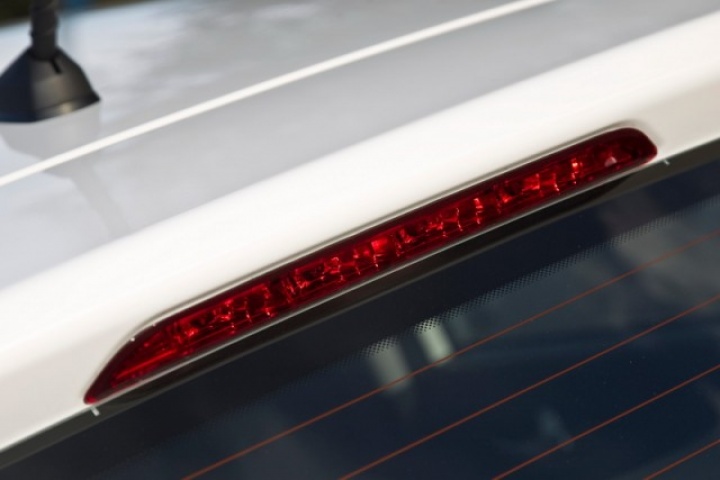Overall rating: 4/5
Hyundai's original i10 launched a 15-model wave of new vehicles for the company from 2008 until 2012. Now, the second generation of the i10 is here to start 'Product Momentum 2017', 22 new models and derivatives coming in the next three years as the Korean firm looks to strengthen its market position. Can the upmarket i10 be the standard-bearer and deliver B-segment quality in the smallest car category going?
Please note that the specifications below may not be the same as the Irish market cars. This was an early drive in a foreign market model.
In the metal 4.5/5
Hyundai's i10 has come a long way since the Atoz and despite being an upright, two-box hatchback shape, the design team has done an excellent job - everything is based around the company's 'fluidic sculpture' ethos. The aim on the outside was to make the i10 look longer than it is, the distinctive shoulder line running the length of the car fulfilling that ambition. At the front, the hexagonal grille of modern Hyundais gives it a pleasing appearance and overall the i10 is a classy, expensive-looking thing. If there is any criticism to be made of the i10's exterior, it's that from dead-on rear it is reminiscent of a Toyota Yaris - it would be nice if it had a rear end that was more idiosyncratic, rather than aping a competitor.
Inside is a big step forward from its predecessor and it does come across as a premium environment, until you touch some of the plastics. They're all pretty hard and the surround of the stereo unit isn't the best. However, it's worth regularly reminding yourself that this is an A-segment car and up against its competitors, it's a very good cabin - the front seats in particular deserve praise for their sculpted sides and general comfort. The daring orange swathes of plastic in certain trim levels might not be to all tastes, though...
Driving it 4/5
Hyundai has offset the crank by 11mm on the 1.0-litre three-cylinder engine and promises class-leading levels of noise, claiming the i10 is up to 6dB quieter than rivals. We've no reason to doubt this, as even the bigger 1.2 is suitably hushed, at one point fooling me into thinking it was equipped with stop-go functionality despite the front windows being open - it was almost inaudible. Neither of them are forced induction but these 'Kappa' units are fine, especially the more charismatic 1.0 (expected to take 60 per cent of total sales, and deservedly so - we prefer it to the 1.2).
Although it's not the car's chief remit, dynamically the i10 is well sorted. The engines remain smooth while hauling from low revs and working up a head of steam - although the 1.2 sounds a bit harsh from 5,500rpm to the 6,500rpm redline - and the manual gearbox is a real delight; its synchromesh is coated with carbon fibre for greater durability, but it's a slick unit that's a pleasure to operate.
The electric power steering maintains consistent weighting despite the usual vagueness these systems have around the dead ahead, and it never becomes too heavy for manoeuvring. The i10 has great brake pedal feel, meaning you can easily modulate stopping power, while a 45-degree adjustment to the rear shock absorbers makes the car more sure-footed than before. Naturally, understeer is the inevitable outcome but you'd be surprised just how much you have to do to make it appear.
While you can throw the i10 around if you want to, obviously the vast majority of target customers will drive it in a more sensible manner. And it is here that the little Hyundai excels. Its ride is extremely pliant, smoothing away the vast majority of road imperfections, while those near-silent engines deliver acceptable city performance, especially the lighter 1.0 with its shorter ratios throughout the gearbox (albeit it has the same final drive as the 1.2). There's very little body roll and it's a great car to be a passenger in.
What you get for your money
Hyundai's much-repeated phrase at the launch was 'B-segment value in an A-segment package', and it is expected to pull off. Irish pricing and specifications have yet to be announced, but the i10 is expected to be good value with a decent level of standard specification, plus of course the five-year warranty package.
Hyundai states the car has class-leading boot space (252 litres with the rear seats up, 1,046 with them down) and plenty of passenger room, and it's certainly a good piece of packaging overall. However, the rear seats would be better suited to smaller children - something Hyundai admits as it believes many A-segment models are bought as transportation for young families. Oh, and one other thing - that elegant, kicked-up line underneath the rear windows translates inside into a door card that is unusually high; coupled with the i10's massive C-pillar, rear three-quarter visibility is not great.
Worth Noting
Beyond the optional auto, there are two more variants of the 1.0-litre - the BlueDrive and examples fitted with optional Integrated Stop & Go (ISG). The BlueDrive is a four-seat version with ISG, 13-inch low rolling resistance wheels and automatic air conditioning to improve fuel economy to 65.7mpg combined and reduce CO2 to 98g/km, while simply specifying ISG on its own sees the 1.0's economy go up to a quoted 61.4mpg combined and its emissions drop to 106g/km. Again, we don't yet know which of these (if any) will be offered in Ireland.
Summary
While the Hyundai marque's development from also-ran to genuine contender has been going on for some time now, the new i10 feels like a marked step on again. It's a quality little product that deserves to be a sales success across Europe - sharp-looking, extremely refined in terms of ride and noise and with a reasonable interior that you can load with decent kit, there's no reason for badge snobs to ignore the Korean car. Whether it can really compete with the likes of the Volkswagen up! remains to be seen, but anyone who buys this second generation i10 will certainly not be disappointed. Hopefully Hyundai Ireland can get the pricing right.

